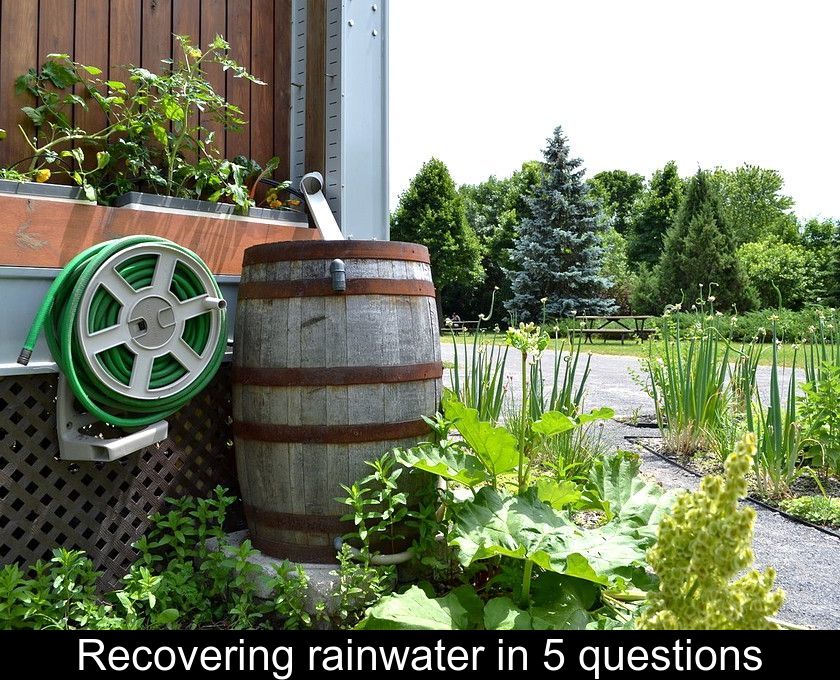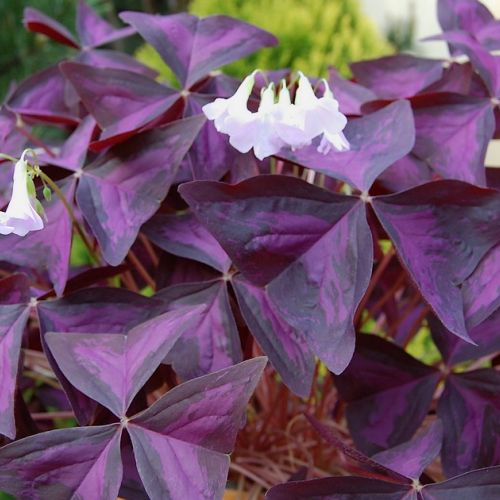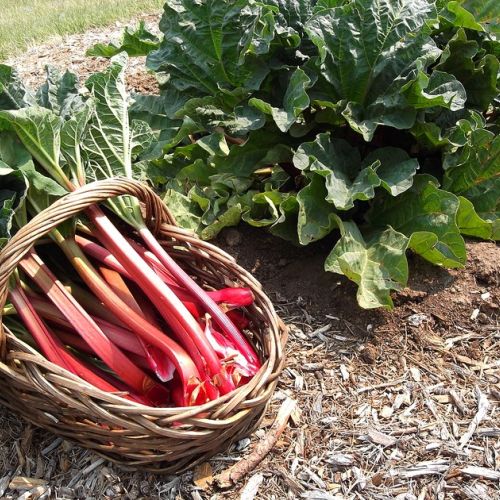Recovering Rainwater In 5 Questions
Because water is not an inexhaustible resource and an eco-citizen attitude starts with simple gestures, here's everything you need to know to collect rainwater in your garden. Water recovery has only advantages for gardeners: it allows for savings and to collect much better water than tap water for watering plants.
"Why collect rainwater?"
If rainwater is not drinkable, it is however perfectly suitable for watering your crops! It has the double advantage of being rich in trace elements without being hard.
Despite varying amounts of precipitation depending on the regions, water recovery can be practiced everywhere and by everyone.
Contrary to popular belief, it is very common in regions most affected by drought, such as Mediterranean regions, where any waste of this precious resource should be avoided.
2- How to assess your water needs?
The choice of water recovery equipment depends on the consumption you make of it. Before acquiring a recovery system, it is recommended to evaluate the volume of water you need based on your uses. Here are some annual estimates to help you define your needs:
- 150 to 500 liters per year are needed to water a vegetable garden of less than 50 m2
- 500 to 1500 liters for a garden of less than 100 m2
- more than 1500 liters if you want to add other uses of the recovered water (washing the car, for example) to watering the garden.
3- What equipment to choose?
To put rainwater harvesting into practice, a water collector is the ideal solution. It is indeed an equipment that is easy and quick to install and dismantle.
This system allows you to recover 80% to 90% of the rain that falls on your roof.
The rain that falls on the roof is first collected in an aerial tank, called a collector, before being stored in a reservoir and distributed in your garden by a pump.
4- How to install a rainwater collector?
The collector is installed on your gutter and connects it to the tank by filtering various debris that may run off from the roof (leaves, twigs, insects). This filtering system is essential for proper water recovery for various domestic uses.
5- What are the different models of heat recovery units?
Specialized stores offer different models of water collectors starting from a few tens of euros (for a 300-liter polyethylene tank equipped with a tap and a lid, at Leroy Merlin).
Other aesthetically pleasing amphora-shaped models cost more than €150.
Whatever your projects and needs for water recovery, specialized stores in garden equipment will provide you with suitable equipment as well as installation and usage recommendations (how to maintain tanks, avoid overflow, etc.).











